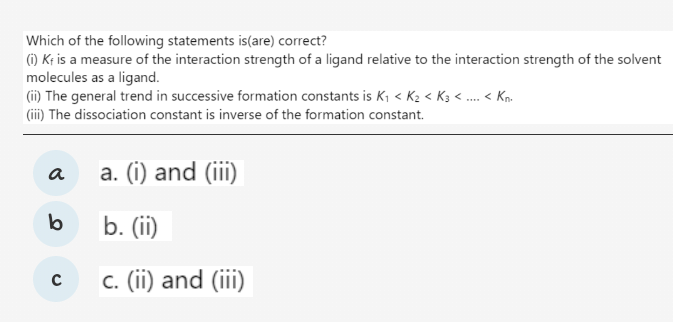Ligand strength refers to the affinity of a ligand for its binding site on a protein. A ligand is a molecule that binds to a protein and modulates its function, and can be a small molecule, ion, or even another protein. The strength of this interaction is an important factor in determining the physiological effects of the ligand, as well as its ability to bind to the protein in the first place.
There are several factors that contribute to ligand strength, including the charge and shape of the ligand and the binding site, as well as the presence of hydrogen bonding and van der Waals interactions. The strength of these interactions can be quantified using various methods, such as affinity assays or computational modeling.
One common measure of ligand strength is the dissociation constant, or Kd, which represents the concentration of ligand required to bind to a protein and reach half-maximal saturation. A lower Kd value indicates a stronger affinity and a higher affinity for the protein.
Another measure of ligand strength is the binding free energy, or ΔG, which represents the energy required for the ligand to bind to the protein. A negative ΔG value indicates that the ligand is more stable when bound to the protein, and a larger negative value indicates a stronger affinity.
Ligand strength can have significant physiological consequences. For example, in the case of enzymes, a strong ligand can inhibit enzyme activity by occupying the active site and preventing substrate binding. In the case of receptors, a strong ligand can have a stronger effect on the signaling pathways activated by the receptor.
In drug design, the goal is often to design ligands with strong affinity for their target proteins in order to achieve a desired therapeutic effect. However, it is also important to consider other factors such as the potential for off-target effects and the pharmacokinetic properties of the ligand.
In conclusion, ligand strength is an important factor in the interaction between ligands and proteins, and has important physiological and therapeutic consequences. Understanding and quantifying ligand strength can help in the design of effective drugs and therapies.






4-3D-balls.png)